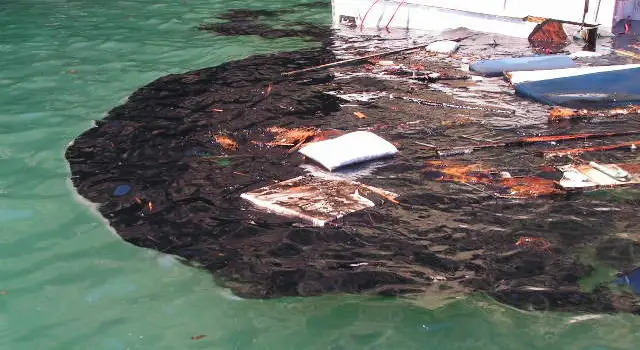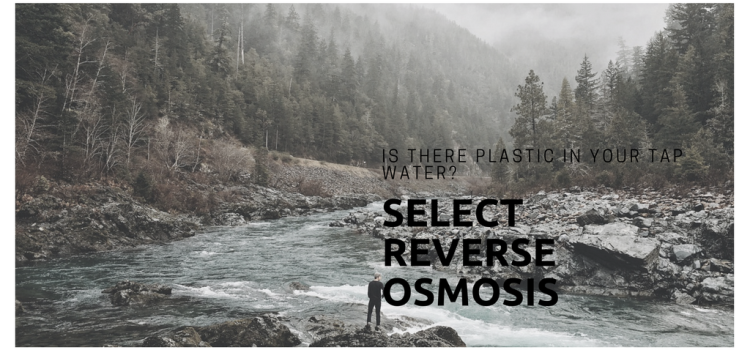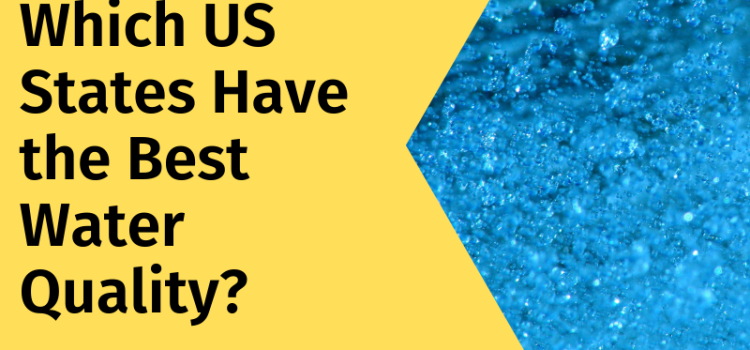Last updated on April 14th, 2025 at 12:04 pm
Ian T. Cousins, Jana H. Johansson, Matthew E. Salter, Bo Sha, and Martin Scheringer
Environ. Sci. Technol. 2022, 56, 16, 11172–11179
Publication Date:August 2, 2022
https://doi.org/10.1021/acs.est.2c02765
Copyright © 2022 The Authors. Published by American Chemical Society
ABSTRACT: It is hypothesized that environmental contamina-
tion by per- and polyfluoroalkyl substances (PFAS) defines a separate planetary boundary and that this boundary has been
exceeded. This hypothesis is tested by comparing the levels of four
selected perfluoroalkyl acids (PFAAs) (i.e., perfluorooctanesulfonic acid (PFOS), perfluorooctanoic acid (PFOA), perfluorohexane-
sulfonic acid (PFHxS), and perfluorononanoic acid (PFNA)) in various global environmental media (i.e., rainwater, soils, and
surface waters) with recently proposed guideline levels. On the
basis of the four PFAAs considered, it is concluded that (1) levels
of PFOA and PFOS in rainwater often greatly exceed US
Environmental Protection Agency (EPA) Lifetime Drinking
Water Health Advisory levels and the sum of the aforementioned four PFAAs (Σ4 PFAS) in rainwater is often above Danish
drinking water limit values also based on Σ4 PFAS; (2) levels of PFOS in rainwater are often above Environmental Quality Standard
for Inland European Union Surface Water; and (3) atmospheric deposition also leads to global soils being ubiquitously
contaminated and to be often above proposed Dutch guideline values. It is, therefore, concluded that the global spread of these four
PFAAs in the atmosphere has led to the planetary boundary for chemical pollution being exceeded. Levels of PFAAs in atmospheric
deposition are especially poorly reversible because of the high persistence of PFAAs and their ability to continuously cycle in the
hydrosphere, including on sea spray aerosols emitted from the oceans. Because of the poor reversibility of environmental exposure to
PFAS and their associated effects, it is vitally important that PFAS uses and emissions are rapidly restricted.
KEYWORDS: PFAS, planetary boundary, chemical pollution, environmental exposure
The post Outside the Safe Operating Space of a New Planetary Boundary for Per- and Polyfluoroalkyl Substances (PFAS) appeared first on Facts About Water.
Source: Water Feed











Can you be more specific about the content of your article? After reading it, I still have some doubts. Hope you can help me.
Thanks for sharing. I read many of your blog posts, cool, your blog is very good.
Can you be more specific about the content of your article? After reading it, I still have some doubts. Hope you can help me.
Thank you for your sharing. I am worried that I lack creative ideas. It is your article that makes me full of hope. Thank you. But, I have a question, can you help me?
Your article helped me a lot, is there any more related content? Thanks! https://www.binance.info/register?ref=IXBIAFVY
Your point of view caught my eye and was very interesting. Thanks. I have a question for you. https://www.binance.info/register?ref=IXBIAFVY
I don’t think the title of your article matches the content lol. Just kidding, mainly because I had some doubts after reading the article.